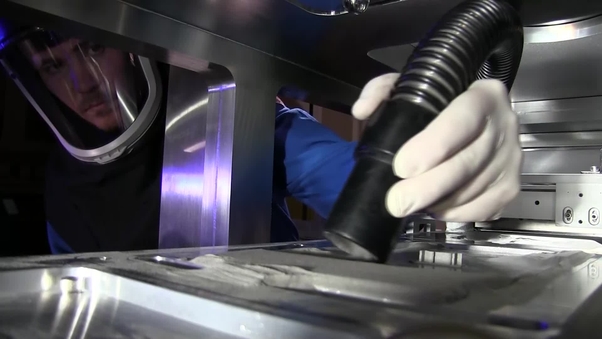Companies are putting a lot of manpower into R&D for optimizing 3D printing technologies. One such case is the National Institute of Standards and Technology (NIST) and their new testbed metal printer. The purpose of the testbed is to pinpoint the quality and consistency issues by measuring the temperatures of the melt pool and the brightness of the light the process produces.
The 3D Printer is equipped with a range of measuring equipment for monitoring the testbed. The Additive Manufacturing Metrology Testbed (AMMT) technology is currently configured to process stainless steel, cobalt chrome and nickel alloy. However, since it is open platform, researchers potentially have total control and can adapt it to other materials with some adjustments.
“Commercial systems are a little bit ‘black box,’” said one of the researchers, Brandon Lane. “You can command a certain laser power and velocity, but you really don’t have control over every single microsecond of the process. With our system, we can control the speed and power of the laser at 100 kilohertz – that’s every 10 microseconds.”
Researching Metal Printing
NIST’s engineering laboratory have partnered with the Physical Measurement Laboratory for this project. The latter organisation is providing crucial measurement instruments like sensors and cameras to NIST. The cameras are fitted with achromatic lenses so that they can measure the melt pools brightest at various wavelengths.
The research will measure outputs against temperature readings and brightness levels. Eventually, NIST will make a temperature map of the surface of the prints over a wide range of light wavelengths. This can help identify the best temperatures to produce consistent prints.
Tackling Flaws in Metal Prints
A general lack of consistency in metal prints happens due to porosity, material wastage and inaccurate sizes of the final product. It is one of the many factors holding back its wider adoption within the industrial fields.
Universities and private research groups are not the only ones looking to improve the state of metal printing. The US department of commerce has also published guidelines for printing with powders. The report outlined a bunch of unknown factors that altered the characteristics of prints, making them inconsistent.











